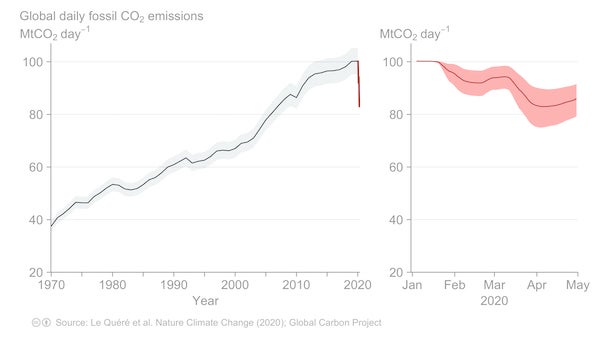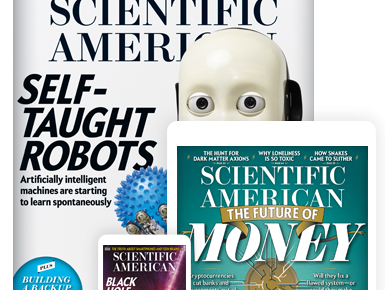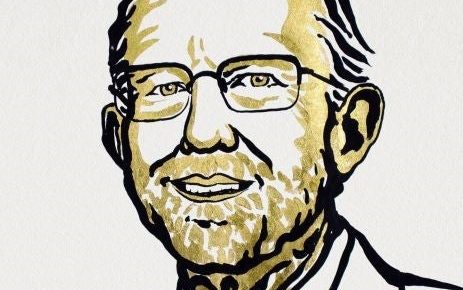COVID-19 has left city squares abandoned and our streets empty. Unemployment in the United States has already topped 15 percent, and the European Union’s economy is projected to shrink by more than 7 percent in 2020. But hidden in the fallout from the virus are lessons to make the world a better place. Reducing pollution and reimagining transportation are strong places to start.
As scientists in the Global Carbon Project, an international group that tracks greenhouse gas emissions, we’ve been bombarded with questions: How much will carbon dioxide pollution fall this year? Will emissions rise again? Could climate action be the silver lining of COVID?
Real-time estimates of carbon dioxide emissions aren’t readily available and often come with a one- or two-year delay. In response, and using new methods we developed, we just published the first study to address daily declines in global carbon dioxide emissions associated with the virus. We gathered data for state, provincial and national economies across six different industries, including transportation, electricity and manufacturing. We combined these data with a confinement index that helped us understand how many billions of people were under shelter-at-home rules and other constraints to slow the spread of the virus.
For countries under maximum lockdown in April, surface transport activities decreased by half, aviation by three quarters, and power generation by as much as 15 percent, despite small increases in residential use where people stayed home. In total, we found that daily carbon dioxide emissions declined about 17 percent globally at the peak of confinement in early April. Decreases for single countries were temporarily even bigger, with a short-term drop of 32 percent in the U.S. at the low point.
Such emissions declines are enormous and unprecedented—but won’t last. Our annual projection for 2020 is for carbon dioxide emissions to fall 4 to 7 percent depending on how quickly the confinement measures ease and how severe the accompanying recession will be. Countries across Asia and Europe, and some U.S. states, are already starting to open their doors despite the lingering presence of the virus. Emissions will start inching back to normal when confinement relaxes.
Previous recessions and global crises have had surprisingly little effect on the growth of fossil fuel emissions since World War II. Our data show that the global financial crisis that began in 2008 caused global carbon dioxide emissions to fall 1.4 percent. Emissions roared back in 2010, climbing 5.1 percent, as if nothing had changed—because it hadn’t, at least in terms of transforming energy infrastructure and demand. The Great Recession put people out of work and shattered lives. Governments responded with stimulus funding, and when people went back to work, emissions returned with a bang.
The parallel to COVID-19 is obvious. Emissions declines driven by crises are fleeting, typically lasting only a year or two (unless we revisit the Great Depression of the 1930s, which no one wants to do). Only structural changes to our economies can make them permanent.
A drop of 4–7 percent in CO2 emissions for the year, as we project, is the level of reduction needed to keep the world on track to limit climate change well below 2 degrees Celsius. However, this reduction is only for one year. Last fall the U.N. Environment Program suggested emissions needed to drop 7.6 percent every year until 2030 for global temperature increase to stay below the safer limit of 1.5 degrees C. The virus illustrates both what’s possible and what’s close to impossible. Enforced sheltering-in-place rules and massive unemployment are unsustainable and undesirable ways to cut emissions.
Even as climate scientists, therefore, we can’t see this year’s drop in emissions as any kind of silver lining. COVID-19 has caused too much pain for that. We can learn lessons from it, though, and transportation is the place to start.
The fallout from COVID-19 could change commuting and transportation permanently. No one misses commuting an hour (or two) a day. Telecommuting, even part-time, might be the new normal. Families are biking comfortably on what once were choked streets—even at rush hour, which itself could be a thing of the past. Traffic congestion has vaporized. And from India to Indiana, our skies are blue. Pollution from cars and coal still kills millions of people worldwide every year, even more than the incomprehensible losses from the virus so far. Clean energy coupled with electric cars could give us blue skies every day and safer lives—without sheltering in place.
Will COVID-19 create sustained change? It already has. This once-in-a-generation event will shape our psyches permanently. Will it create sustained change in fossil fuel emissions and other air pollution? Not unless we respond by reshaping commuting and transportation around the world. Like a car speeding by us on a freeway, the virus will pass.
All of the authors are members of the Global Carbon Project, an international group of scientists tracking emissions of CO2 and other greenhouse gas from land, oceans, industry, and agriculture.
Read more about the coronavirus outbreak from Scientific American here, and read coverage from our international network of magazines here.




